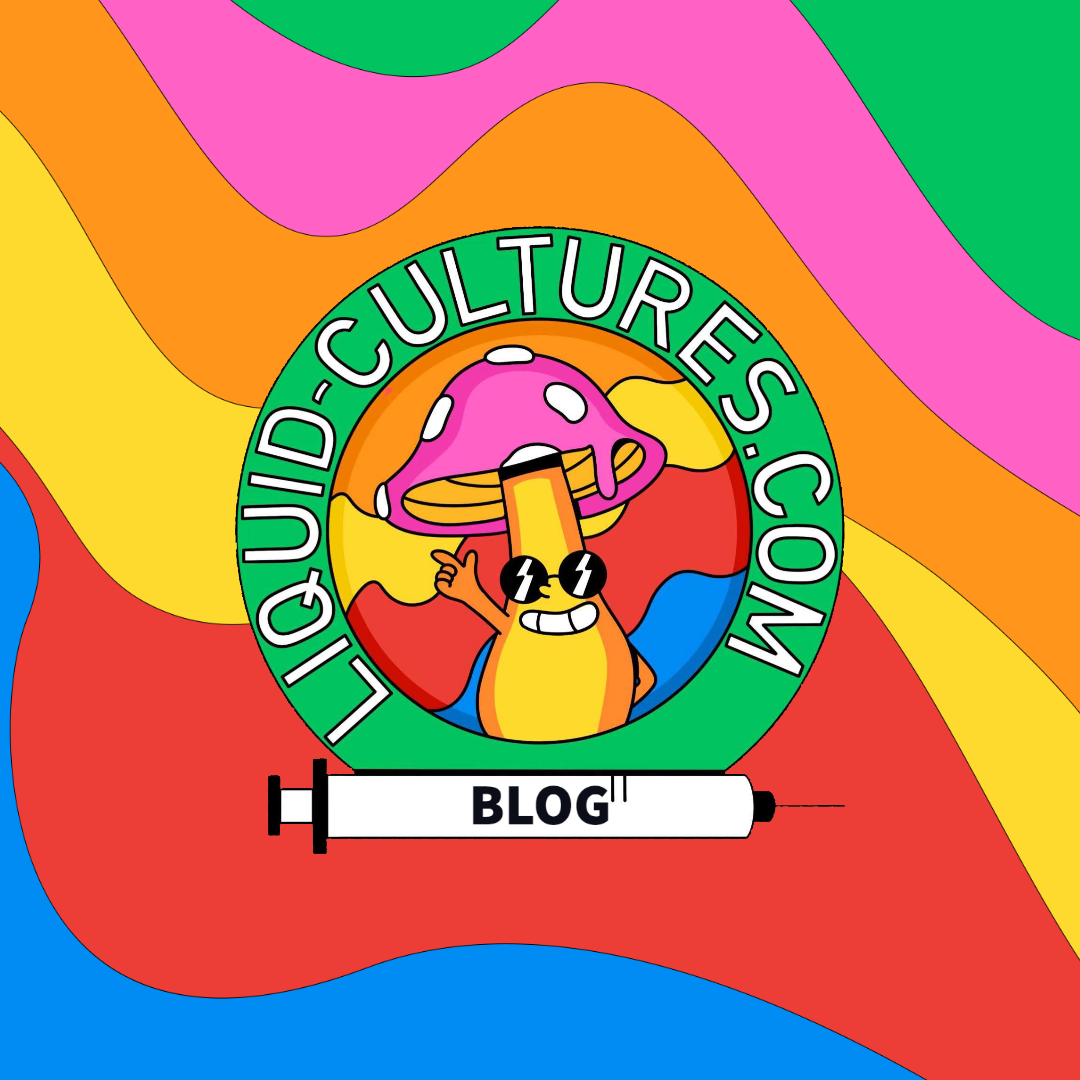Introduction
Mushrooms are versatile and nutritious food that can be used in a variety of dishes, from stir-fries to salads. But buying them at the grocery store can be expensive, and it can be difficult to find the specific varieties you’re looking for. That’s why many people are turning to growing their own mushrooms at home.
One of the most popular methods of growing mushrooms is through liquid culture. Liquid culture is a process of growing mushroom mycelium in a liquid medium, which can then be used to inoculate sterilized substrates, such as grain or sawdust. In this article, we’ll take a closer look at liquid culture for mushrooms, including how it works, the benefits and drawbacks of using it, and how to get started with your own liquid culture.
What is Liquid Culture For Mushrooms?
Liquid culture for mushrooms is a method of growing mushroom mycelium in a liquid medium. The liquid medium can be made from a variety of ingredients, including water, sugar, and nutrients such as malt extract or potato dextrose. The mycelium is then grown in the liquid culture until it is ready to be used to inoculate sterilized substrates.
The process of making liquid culture for mushrooms involves sterilizing the liquid medium and then inoculating it with a small amount of mushroom spores or tissue. The mycelium will then grow in the liquid culture, consuming the nutrients and spreading throughout the liquid.
Benefits of Using Liquid Culture For Mushrooms
There are several benefits to using liquid culture for mushrooms, including:
- Faster growth: Liquid culture allows for faster growth of mushroom mycelium compared to other methods, such as growing on agar plates.
- Consistency: Liquid culture provides a consistent and reliable way to grow mushroom mycelium, ensuring that each batch of mushrooms is of high quality and consistent in size and shape.
- Ease of use: Liquid culture is relatively easy to use and requires minimal equipment, making it a popular choice for home growers.
- Variety: Liquid culture can be used to grow a wide variety of mushroom species, including gourmet and medicinal varieties.
Drawbacks of Using Liquid Culture For Mushrooms
While there are many benefits to using liquid culture for mushrooms, there are also some drawbacks to consider:
- Contamination: Liquid culture can be more prone to contamination than other methods, such as agar plates. It’s important to maintain strict sterile conditions when working with liquid culture to minimize the risk of contamination.
- Equipment: While liquid culture requires minimal equipment, it does require a few key pieces, such as a pressure cooker for sterilizing the liquid medium and glass jars or bottles for growing the mycelium.
- Cost: While liquid culture is generally less expensive than buying pre-made mushroom spawn, there is still some cost involved in setting up a liquid culture system.
How to Make Liquid Culture For Mushrooms
Making liquid culture for mushrooms is relatively simple, but it does require a few key steps to ensure success:
- Sterilize the liquid medium: The first step in making liquid culture is to sterilize the liquid medium to kill off any bacteria or other microorganisms that could contaminate the mycelium. This can be done using a pressure cooker or other sterilization method.
- Inoculate the liquid medium: Once the liquid medium is sterilized and cooled, it’s time to inoculate it with a small amount of mushroom spores or tissue. This can be done using a sterile syringe or pipette.
- Incubate the liquid culture: The inoculated liquid medium should be incubated at a consistent temperature, typically between 75-80°F (24-27°C). The mycelium will begin to grow and spread throughout the liquid.
- Transfer to sterilized substrates: Once the mycelium has grown to a sufficient size, it can be transferred to sterilized substrates, such as grain or sawdust, to continue growing and eventually fruiting into mushrooms.
Tips for Using Liquid Culture For Mushrooms
Here are a few tips to help ensure success when using liquid culture for mushrooms:
- Maintain sterile conditions: Liquid culture is more prone to contamination than other methods, so it’s important to maintain strict sterile conditions when working with it. This means working in a clean and well-lit area, wearing gloves and a mask, and using sterilized equipment.
- Use high-quality spores or tissue: The success of your liquid culture will depend on the quality of the spores or tissue used to inoculate it. Be sure to use high-quality spores or tissue from a reputable source.
- Keep a close eye on the mycelium: The mycelium in liquid culture can grow quickly, so it’s important to keep a close eye on it and transfer it to substrates at the right time to ensure optimal growth.
FAQs About Liquid Culture For Mushrooms
Q: Can liquid culture be used to grow any type of mushroom?
A: Yes, liquid culture can be used to grow a wide variety of mushroom species, including gourmet and medicinal varieties.
Q: Is liquid culture more prone to contamination than other methods?
A: Yes, liquid culture is more prone to contamination than other methods, such as agar plates. It’s important to maintain strict sterile conditions when working with liquid culture to minimize the risk of contamination.
Q: Is liquid culture more expensive than other methods?
A: Liquid culture is generally less expensive than buying pre-made mushroom spawn, but there is still some cost involved in setting up a liquid culture system, such as purchasing a pressure cooker and glass jars or bottles.
Conclusion
Growing your own mushrooms can be a fun and rewarding hobby, and liquid culture is a popular method for doing so. While liquid culture does require some equipment and care to maintain sterile conditions, it offers several benefits over other methods, such as faster growth and consistency. By following the tips and steps outlined in this guide, you can get started with your own liquid culture for mushrooms and enjoy fresh, homegrown fungi in no time.

